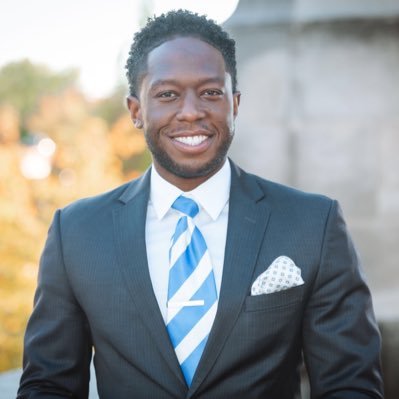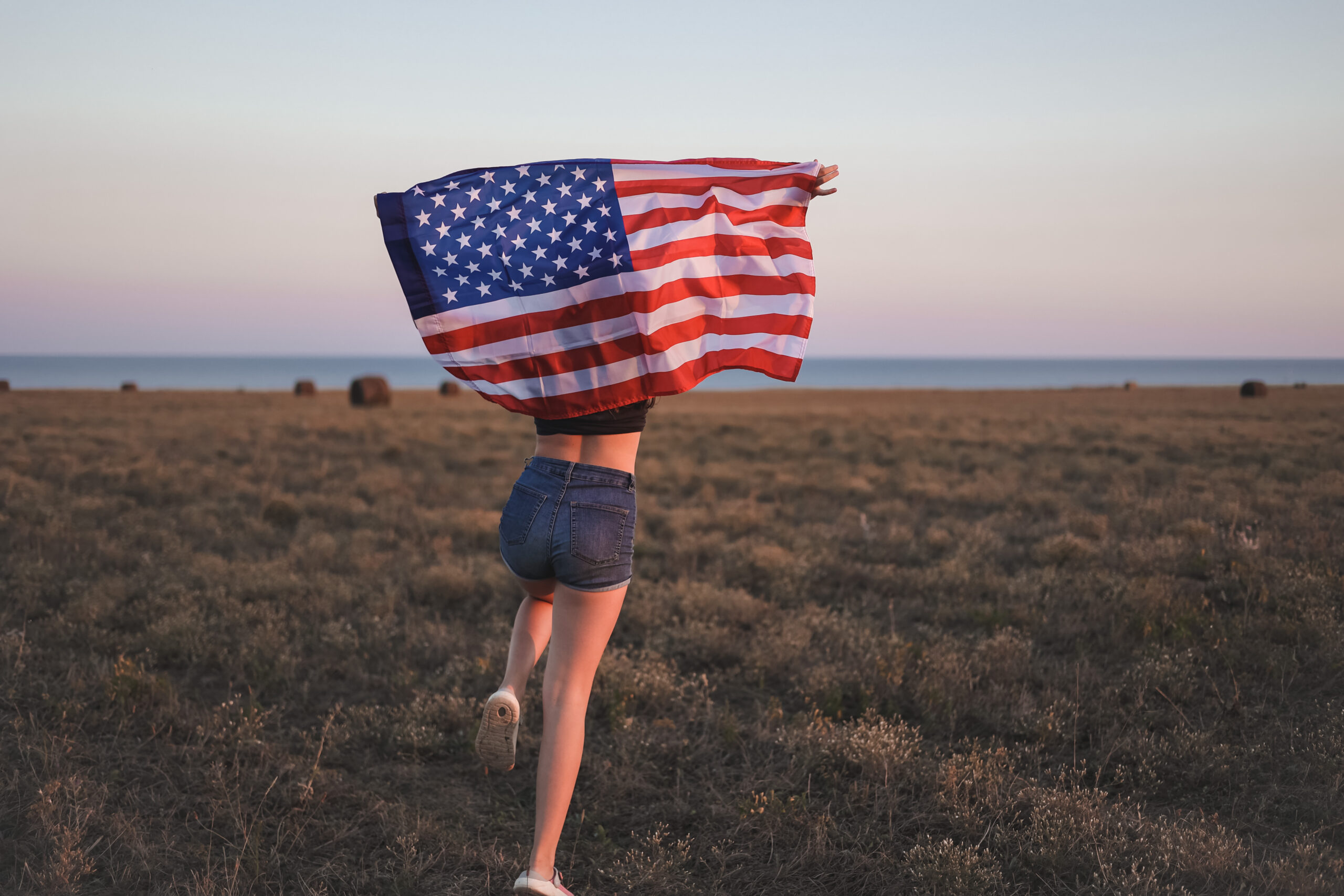“When you want to help people, you tell them the truth. When you want to help yourself, you tell them what they want to hear.” – Thomas Sowell
Racism exists, prejudice exists, and as long as human beings can interact with one another within the freedom of their own volition, these negative traits of human beings will never cease to exist.
It is ideal that we coexist with one another in harmony, but unfortunately this is not the current reality we coexist within. Yes, racism is real, and it unfortunately occurs within the world, like any other ill-natured action from a human to another human.
However, racism is not the all-encompassing issue people think it is. What it is though, is big business here in America. There is an entire paradigm that is predicated in ensuring Black Americans continue to be caught up within race.
By doing so, it keeps them stagnant, distracted from true issues that need to be rectified, and stuck in a perpetual state of victimhood. Most importantly, it pays the bills for so many people.
I would never discredit the experiences of a person because experiences shape a person’s worldview.
However, when our experiences are reinforced by our biases due to television programming or media related influences, we become unaware at how easily our views are shaped by the ideas of others.
I often ask; are our thoughts our thoughts? And if these thoughts we possess are not ours, who put them there? Why did they put them there? How does having these thoughts benefit them? As you read the rest of this article, keep those questions in mind.
It’s largely agreed that the racial tensions within this nation reached its precipice during the Civil Rights movement. The movement is arguably the greatest political movement in American history post-Revolutionary War.
With almost 60 years since that movement, America has made substantial progress as a nation, as detailed in the Manhattan Institute’s report on racism titled, ‘The Social Construction of Racism in the United States.’
In the report, for example, it is mentioned how the approval of interracial marriage among blacks and whites catapulted from around 4% in 1958 to 45% in 1995. From there, it rose again in 2013 to 84%.
Additionally, in 2017, fewer than 10% of whites stated that interracial marriage was a “negative thing” in a major Pew research survey. Furthermore, the percentage of interracial newlyweds increased from 3% in 1967 to 17% in 2015.
Despite the overwhelming data that is available showing how race relations have strongly improved over time, American society at-large believes that race relations are more of an issue today than it has ever been. The report goes on to label the media as the main culprit.
There is a direct correlation with the media coverage of a topic, and the salience of that topic throughout society.
Evidence of this can be seen in Europe with the media coverage of immigration, and the number of people who now believe that immigration is the biggest issue facing their country.
The same can be said for race here within the United States.
Gallup poll data from the 1950’s and 1960’s show that the salience of race among Americans was at its highest during this period, spiking at over half of Americans citing racism or race is the most important problem facing America.
This salience substantially decreased over time, but spiked again after the Rodney King beating, then again during the Ferguson protests, the election of Donald Trump, and more recently through the George Floyd protests.
By June of 2020, racism was the top concern for 20% of Americans. This was the highest salience level for race since the 1960’s.
Media does not only affect the awareness of race or race-based issues within the collective consciousness, but also how the public evaluates the state of race relations.
Another Gallup poll cited in the report shows, from 2001- 2014, almost 70% of Americans believed that race relations between black and white Americans were in a good place.
This figure dropped to the low 50’s between 2015 and 2019, then decreased again to 44% during the Black Lives Matter protests.
Within the Racial Attitudes in America Survey taken by Pew Research, it was found that black respondents on social media were more likely to report experiencing discrimination than those not on social media.
Notably, the researchers found that the gap between those on social media and those not on social media was substantial on questions about whether black people have experienced people acting suspicious of them or thinking that they are not smart.
With the rise of smartphone journalism where news circulates widely and rapidly, the salience of any topic can increase substantially.
Even when data shows that race relations among black and white Americans have improved, any event recorded, captured, and shared that shows otherwise possesses a media multiplier effect that easily persuades people that race is still a huge problem in the United States.
Human nature compels us to care about issues we feel impact us personally. But this comes at the expense of us believing these issues are more prevalent than they are.
When we are constantly bombarded by images and rhetoric that reemphasizes our inherent biases, we allow these thoughts and ideas to develop and shape the world around us in becoming a self-fulfilling prophecy.
This is what happens when the media capitalizes off generations of conscious and subconscious programming that has intensified over the years. Now, we have reached a critical mass because of the power of technology and social media.
No longer do people have to be convinced that a problem exists, nor do they do their due diligence on the “news” and media they are exposed to.
As social media sites like Twitter and Instagram cause viral news to proliferate through the internet with ease, facts have taken a back seat to feelings.
It does not matter that it is more likely for a young black male to die from a car accident than being killed by the police. All that matters are the viral videos of police shootings on news and social media, causing people to believe that police are the biggest threat to black males within this country.
In today’s age, seeing is believing. Without looking deeper, people will believe the picture that is being painted, especially when the topic is race.
The mainstream news media understands this and uses that knowledge to maintain their relevance and ratings. Yet, the media is only a minute benefactor of the race baiting they use.
The biggest benefactors of the race hustle are the activists and the political “leaders” who profit from racial issues. This is why racism cannot die; it is being kept on life support.
It is kept alive by politicians, race hustlers and many others who understand it is the greatest grift, the easiest way toward acclaim, fame, riches, and glory.
As we delve deeper into understanding how race is perceived and actual data regarding race itself, I will show you how the race grift continues to be the most profitable grift.
Part two coming soon…





